Since their explosion last year, nonfungible tokens (NFTs) have shown their appeal to collectors, investors and traders alike.
They have especially gained attention in the art world, where an item’s provenance is everything, and owning the official, unique version of an item is much more valuable than a copy or duplicate.
Some have postulated that artists creating and storing pieces on-chain can use the technology as proof of ownership for popular art forms.
Among the various artforms to take advantage of NFTs, photography has also found its place, but what is the immediate value it brings for artists and consumers?
Indeed, as a nascent, quickly developing technology, NFTs are not without limitations.
Related: What is crypto art, and how does it work?
Most participants began getting acquainted with NFTs through marketplaces such as OpenSea in the first half of 2021.
The first wave of artists experimenting with this new technology has followed a personal, curated approach toward onboarding new talent. Twitter Spaces and Discord servers have proven vital channels to support outreach in the NFT ecosystem.
The significance of content control
Photography now produces an unprecedented supply of content, and NFTs are a tool to continue accelerating and democratizing content while providing new ways to generate revenue from those resources.
Photographer Marshall Scheuttle told Cointelegraph how the current Web2 model of “compensation by exposure” has been detrimental for artists.
“How we present our work has been largely dictated by the existing platforms, and as the space grows and evolves, it is imperative for us as artists to contribute new solutions and options for how we can better reach our audience while meeting the needs of the artists to showcase their work,” said Scheuttle.
“Content is out in the world, and trying to gate it at this point is seemingly impossible. I want my content to be in as many places as possible, as long as I have ways to compensate myself for its production.”
Artists cannot freely distribute their art through traditional channels to create a fast, direct positive impact.
Blockchain technology, through NFTs, has allowed artists to define their terms, given the nature of transactions occurring in the open that make the space more transparent.
Acknowledging intellectual property
NFTs provide individual pieces of art with a supposed proof of provenance, which is appealing to many artists striving to take back full ownership of their work and expand their art to new audiences.
However, there is a slight difference between provenance and copyright.
Most of the challenges to enforcing copyright come from the NFT marketplace. Many online marketplaces trade in NFTs, and the majority of them follow an auction-style scheme with different levels of curation. However, these platforms do very little to protect property rights and usage. In some instances, bad actors have been seen stealing photos and then making NFTs of them.
There is no pragmatic scenario where people aren’t counterfeiting or repurposing others’ content. Both individuals and companies have been using imagery without authorization in the Web2 world without mainstream repercussion — it’s nothing new to digital art.
Copying crypto art is technically impossible, as pasting an identical copy of the image cannot capture the information that constitutes the NFT component of the artwork.
The current NFT space promotes the open flow of information and seeks to value the provenance of the content existing on the blockchain. Crypto artists certify and mint NFTs linked to the authenticity of the art created that can then be uploaded to various marketplaces to target potential buyers.
Julie Pacino, the daughter of the legendary actor Al Pacino, started self-funding her project “Keepers of the Inn” by minting a collection of photography NFTs to retain creative control over her work.

Rethinking marketing strategies
Anyone with a camera and an internet connection has the same opportunity to create art and monetize it. More quality work will be available with a new wave of professional and amateur photographers getting involved in the space. Those photographers willing to accept marginal income for their work will set the floor prices.
Artists in the ecosystem have to keep their audiences engaged to remain relevant. By allowing people in the space to read the story, hear the words and understand the process, artists establish a vital emotional connection.
Elise Swopes, a self-taught photographer and graphic designer who made $200,000 in 10 months by selling her work as NFTs, told Cointelegraph:
“There feels like a lot of pressure to shift your style to appease the mass market of 3D designs and illustrations, but it’s a neat reminder that I am quite passionate and driven to create what I love instead of trying to keep up.”
Artistic credibility drives prices in the secondary market. An authentic NFT will only have the perceived value attached to the art, artist and community.

Being technically gifted will not be a crucial differential factor toward building an audience, as pseudonymous NFT art collector “6529” described. Those artists standing out from the crowd have to craft memorable experiences.
“So your job is to make the connection, to find something that speaks to that subset of people (tiny subset is fine, 1,000 is more than enough to have a wonderful career doing exactly what you love) that love and appreciate the same thing you do.”
A great example of this is the story of Sultan Gustaf Al Ghozali, a 22-year-old computer science student from Semarang, Indonesia. He converted and sold nearly 1,000 selfie images as NFTs as a way to look back on his graduation journey. The collection generated a total trade volume of 397 Ether (ETH), currently equivalent to more than $1.2 million.
Overcoming technological barriers
Artists face the challenging task of transitioning their collections and individual images to the NFT space. The initiation process can be daunting for beginners, but the promise of a new audience with direct compensation and support is a powerful incentive.
Swopes said:
“The most exciting part about NFTs is not having to exchange the purpose of my digital art for print. I think my art looks best on a screen.”
Better onboarding mechanisms will encourage people to start regularly engaging with photography NFTs and redefining what it means to create art. The steep learning curve will flatten with more curated educational content, easing the experience of navigating the marketplace and finding the desired art piece.
Curated platforms are thriving with one-of-one marketplaces. A hybrid approach such as the NFT photobook “Morningstar” by Scheuttle is an innovative way that adds value to the project. He explained that NFTs provided him with the tools to earn fair compensation for his work while helping him grow as an artist.
Creatives are constantly pushing the boundaries of what technology can achieve, and they are just starting to understand the possibilities NFTs have to offer photography.
The natural evolution of photography is to embrace these new tools and adapt to the changing times so that a new generation of photographers can thrive in Web3.

You can get bonuses upto $100 FREE BONUS when you:
💰 Install these recommended apps:
💲 SocialGood - 100% Crypto Back on Everyday Shopping
💲 xPortal - The DeFi For The Next Billion
💲 CryptoTab Browser - Lightweight, fast, and ready to mine!
💰 Register on these recommended exchanges:
🟡 Binance🟡 Bitfinex🟡 Bitmart🟡 Bittrex🟡 Bitget
🟡 CoinEx🟡 Crypto.com🟡 Gate.io🟡 Huobi🟡 Kucoin.


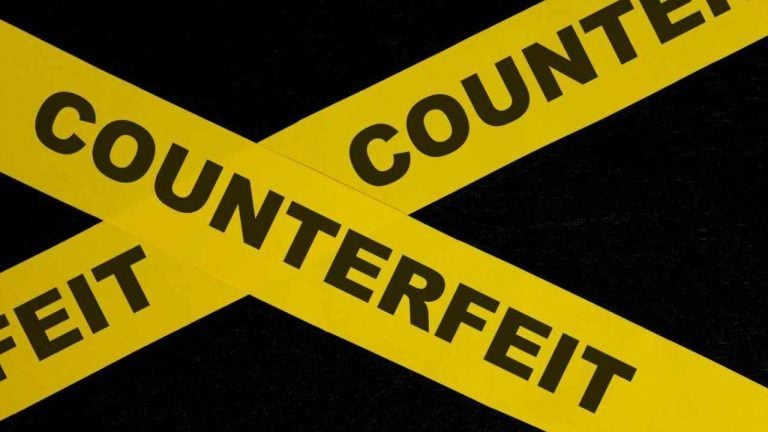
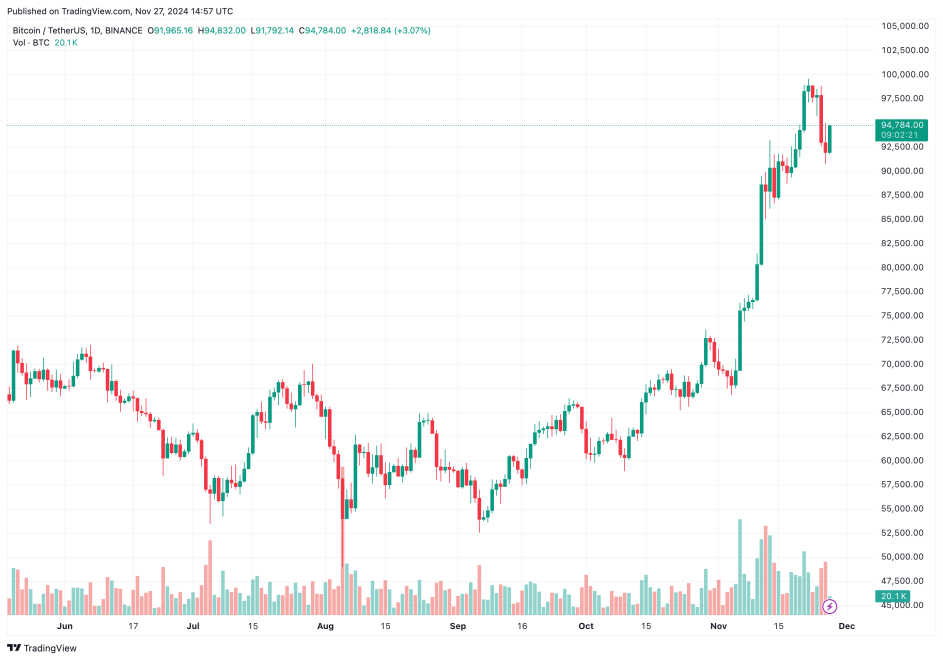


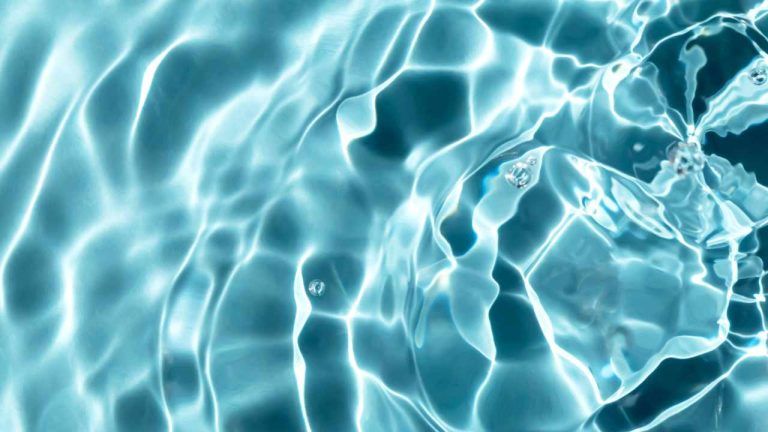
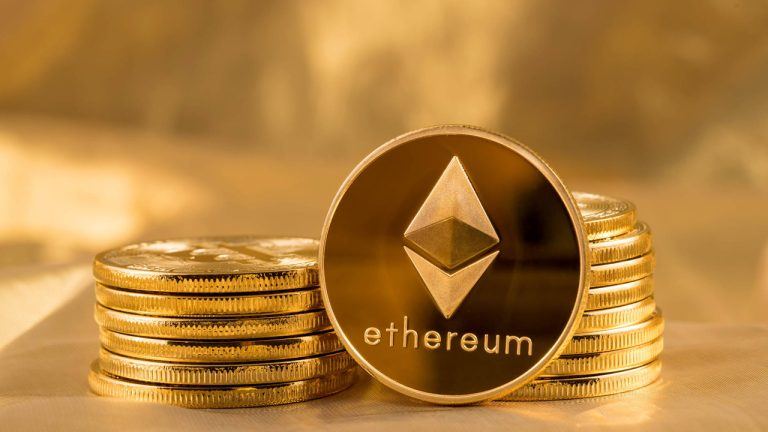
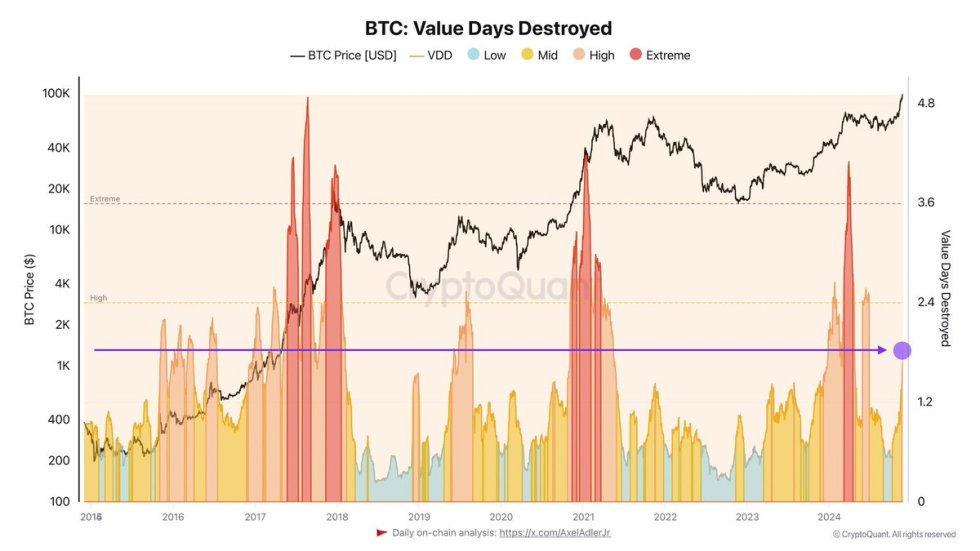


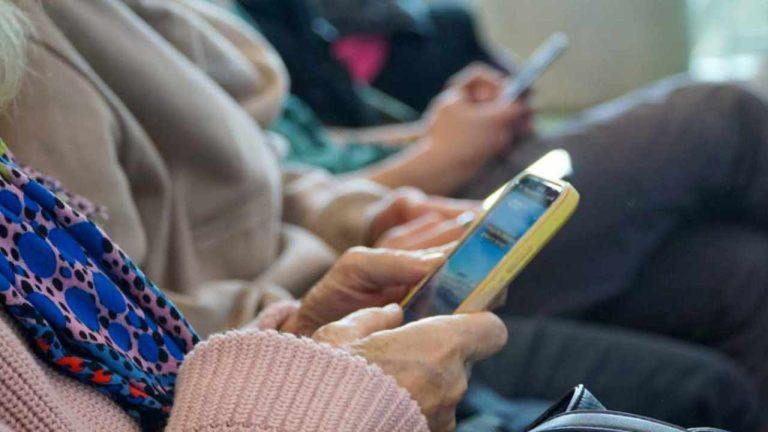
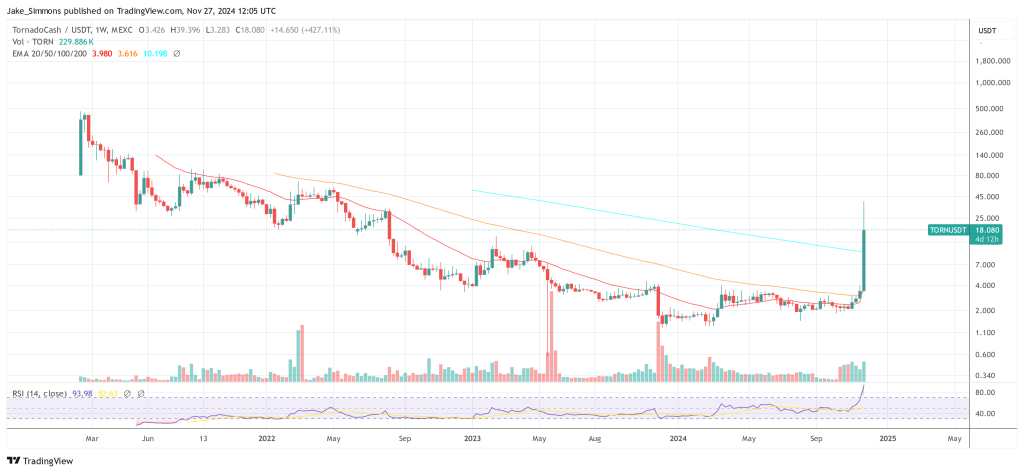
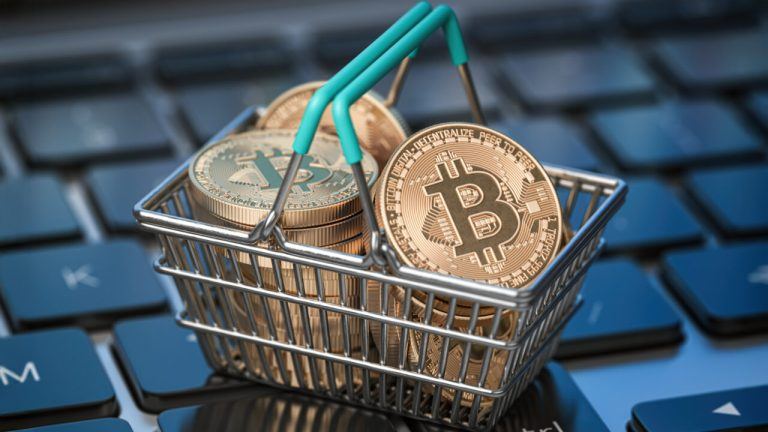

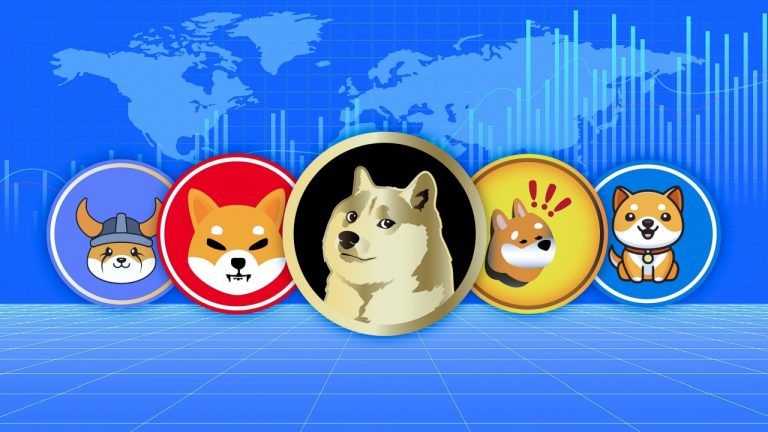

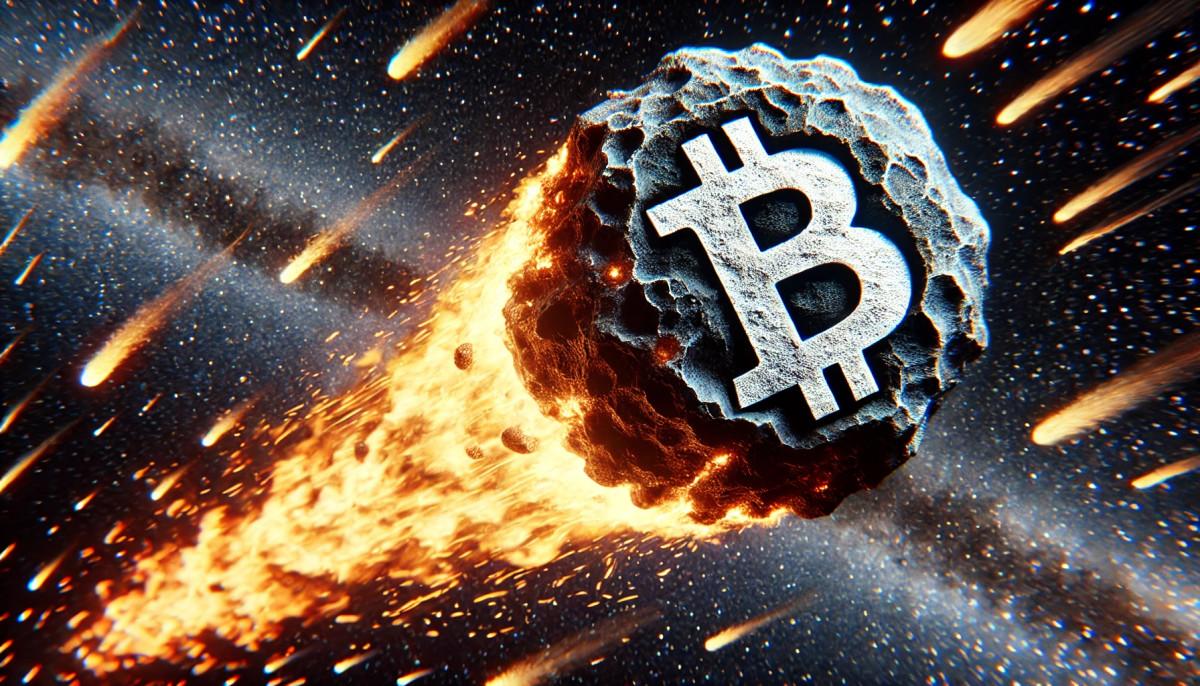
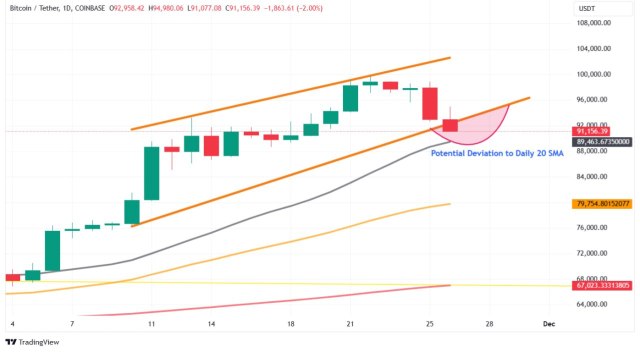
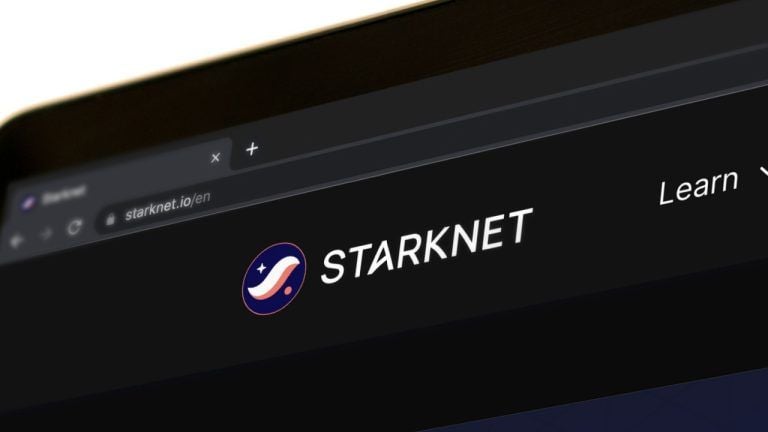
Comments